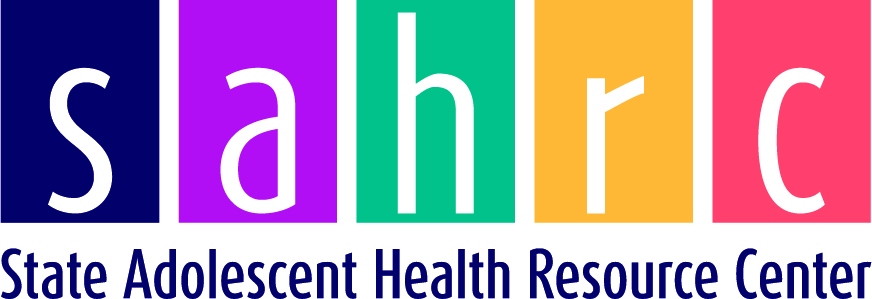The best way to create effective healthy youth development programs is to engage youth in planning and building them. SAHRC's resources and technical assistance can help you do this:
Compilations of State Examples:
Catalog of state examples and companion library
The State Public Health Youth Advisory Structures Catalog and Companion Library synthesizes decades of technical assistance to state adolescent health programs in Maternal and Child Health and other public health entities. It includes great state examples, typical structures, and lessons learned; and connects to a Google drive of supporting documents.
Promoting Positive Youth Development in Your State
This 2pg brief compiled by SAHRC and the National Network of State Adolescent Health Coordinators provides examples of and resources for state directed initiatives to promote and infuse a PYD approach into adolescent focused initiatives. An accompanying google folder includes commonly cited research and frameworks; and examples of: Proclamations & Legislation examples; Posters & Handouts examples; Health Memes created by youth (NM); and PYD related Activities/Icebreakers.
Webinars
- "How to build State Level Youth Advisory Structures," (March 2021). This peer discussion for state adolescent health coordinators featured examples of state level youth advisory and feedback structures from Alaska, Colorado, Rhode Island and Kansas.
- "How to facilitate Virtual Youth Townhalls," (August 2020) SAHRC hosted a peer learning and sharing call for state adolescent health coordinators (SAHCs), showcasing examples from New Jersey and Massachusetts.
Case study
- Partnerships with Youth and Young Adults describes the strategies that Title V/MCH and other public health partners use to engage youth in meaningful ways, including state level examples. Association of Maternal and Child Health Programs with examples contributed by SAHRC.
Guide
- YouthCHAT: The Minnesota Model for Youth - Involved Adult Training is a step-by-step guide to adapting the University of Minnesota YouthCHAT model of involving youth as actors and teachers in training adult health care providers. It includes tools, worksheets, reading lists, and flexible tips on adapting the model to a variety of settings.

